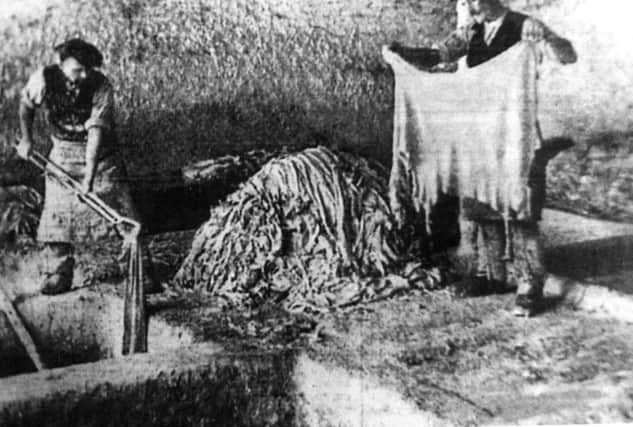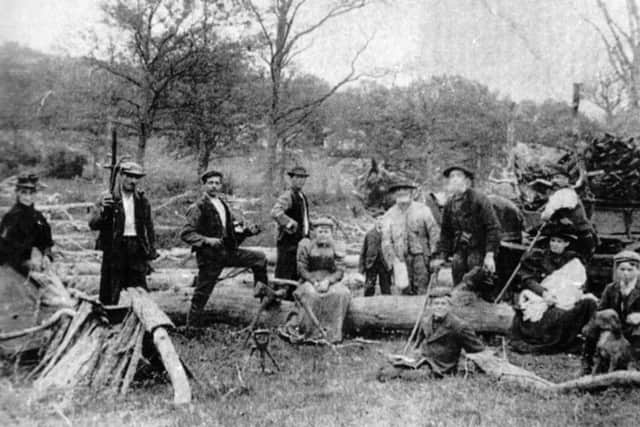Parchment makers worked hand in glove at Havant


In his new book Parchment and Glove Making in Havant, author Ralph Cousins dismisses this legend.
Another claim that the waters of the Homewell spring made pure white parchment is also debunked. It appears that white fleeces tended to produce white parchment.
Advertisement
Hide AdAdvertisement
Hide AdHaving said all that Ralph’s book is filled with facts dating back many hundreds of years and that parchment-making in the area gave employment to many men and women.


In 1653 St Faith’s Church records were written on local parchment. The process of making parchment continued until 1936 when the last yard closed.
Alfred Stent’s glove-making empire began in May 1916 when he opened a purpose-built building in Brockhampton Lane. He had a staff of 100 including skilled workers brought in from Yeovil and Westbury.
A five-year apprenticeship was needed to became a craftsman in the manufacture of gloves.
Advertisement
Hide AdAdvertisement
Hide AdOne aspect of working for Mr Stent was his enlightened attitude to his workforce. He supplied a staff room for his workers to rest in and eat their food.
The 105-page A5 book is excellent value at £6 from the Havant Spring and Arts Centre or from Ralph himself on (023) 9248 4024.